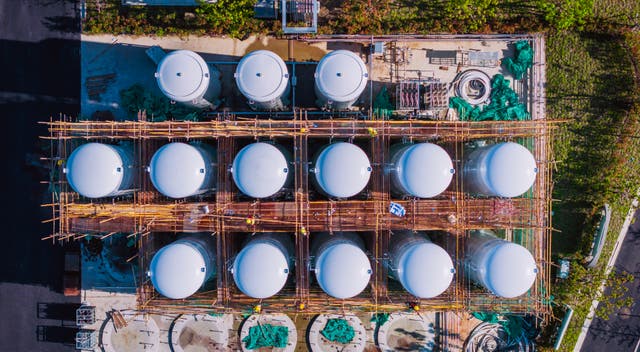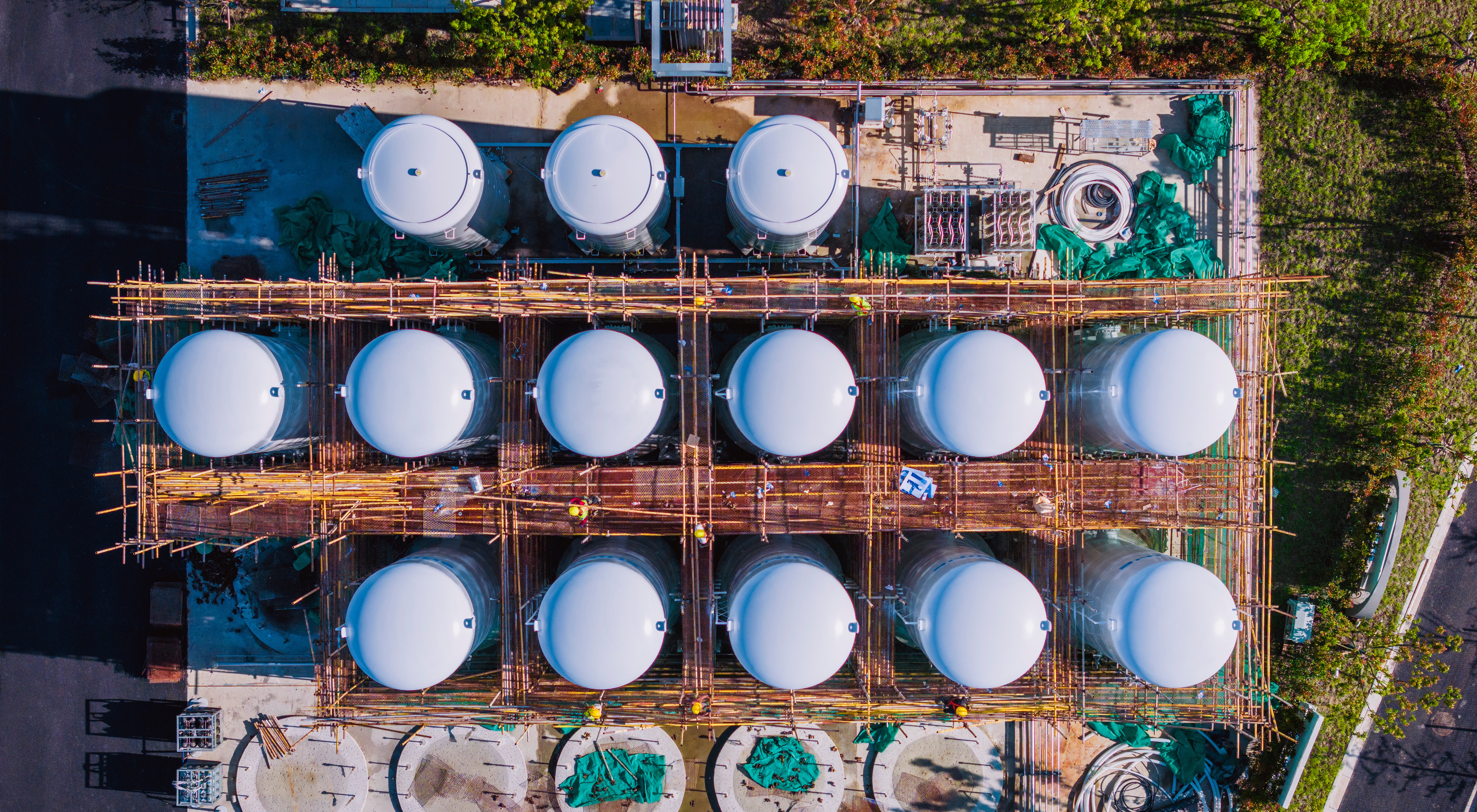Articles Menu

Nov. 2, 2023
What if the answer to the climate crisis has been tucked away, since time immemorial, beneath our feet?
That is the possibility posed by increasing discoveries of vast, underground deposits of white hydrogen around the world.
Burning hydrogen produces only heat and water, and it’s attracting billions of dollars in investment as countries race to wean themselves off fossil fuels.
But not all hydrogen is created equal, and the energy industry uses a colour-coded, sliding scale to indicate its sustainability. Most common is “gray hydrogen”, made using the fossil fuel, natural gas. “Blue hydrogen” is created the same way but captures the carbon emissions; “green hydrogen” is produced by using clean energy to split water. As the name suggests, green hydrogen is the “greenest” but expensive and produced in smaller quantities.
Then there’s white hydrogen – also known as natural, gold or geologic hydrogen – which doesn’t need to be freed from other elements like oxygen by using vast amounts of electricity.


Hydrogen storage tanks. The energy source is attracting billions in investment as countries race to wean themselves off fossil fuels (Getty Images)
For a long time, many scientists thought large deposits of white hydrogen weren’t possible – but now, millions of megatons of hydrogen are thought to be lodged in Earth’s crust. This has the potential to supply global hydrogen demand for thousands of years, said USGS research geologist Geoffrey Ellis, a leading expert on white hydrogen.
Pioneers in white hydrogen also claim it could be produced for much lower costs than its cousins. It will be twice as cheap as the cheapest green hydrogen, according to Natural Hydrogen Energy, a US-based startup.
Until recently, it went relatively unnoticed that white hydrogen was already in real-world operation. Bourakébougou, a remote village in the landlocked West African nation of Mali, has powered its electricity supply with white hydrogen for more than a decade. The discovery was made after a local businessman brought in a Canadian consulting firm to test a water well that had caught fire when a worker lit a cigarette near it.
That company, Hydroma, says the source contains 98 per cent hydrogen gas and is the world’s first electricity production from white hydrogen without any carbon emissions via direct combustion.
Inevitably, there’s a catch – and the hapless smoker in Bourakébougou provides the first clue.
Hydrogen is a lot more flammable than natural gas, and can cause fires and explosions if not handled properly. Because the gas is so light, no known odorants can be added to alert people to potential leaks, just as a sulfur-containing smell raises the alarm on natural gas and propane.
Another unknown quantity of hydrogen, in general, is what impact it has on heating our already overcooked planet.
Hydrogen’s floaty quality means it easily leaks, warned a recent study by the Environmental Defense Fund, so the gas’ warming impact is “both widely overlooked and underestimated”.
“Therefore, the effectiveness of hydrogen as a decarbonization strategy, especially over timescales of several decades, remains unclear,” the researchers noted.
These aren’t the only challenges to overcome. Next comes finding the stuff, as many of the large deposits discovered so far have been hit upon by accident.
The largest accumulation of white hydrogen to date was inadvertently found in France this summer by scientists who were studying methane at a mining basin.
“Every now and again, in science one happens to chance upon something one wasn’t looking for. Occasionally, that discovery is of greater value than one was originally after. Call it serendipity,” wrote Jacques Pironon and Philippe de Donato, from the University of Lorraine.
The presence of hydrogen is often flagged by fairy circles which crop up in grasslands and other vegetation as the gas leaks kill off plants.
The lightness of hydrogen also becomes an issue when you start trying to move it around, making it more expensive because large amounts leak. As with the Mali project, white hydrogen may make sense in localized areas but become too costly for long-distance transportation.
Regardless, there is no shortage of interest in white hydrogen as a possibly limitless source of clean energy, and the dollars are pouring in. Denver-based Koloma won $91m in investment from a group that includes Bill Gates’ Breakthrough Energy Venture. One investment firm valued white hydrogen as a $75bn industry by 2030.
Michael E Webber, from the University of Texas in Austin, drew similarities between white hydrogen and the beginning of the fracking boom where “it’s mostly an idea waiting on better technologies, policies, and market conditions for it to prosper”.
“If it does, perhaps the oil and gas industry can turn its capabilities to extracting hydrogen produced by subsurface geological processes, shepherding in a new era of low-carbon fuels. That way it can avoid job disruption while using its global-scale competencies to ramp-up hydrogen quickly. It could give the hydrogen story the happy ending it deserves,” he wrote.
[Top photo: White House Announces $7 Billion Push to Replace Fossil Fuels With Hydrogen]